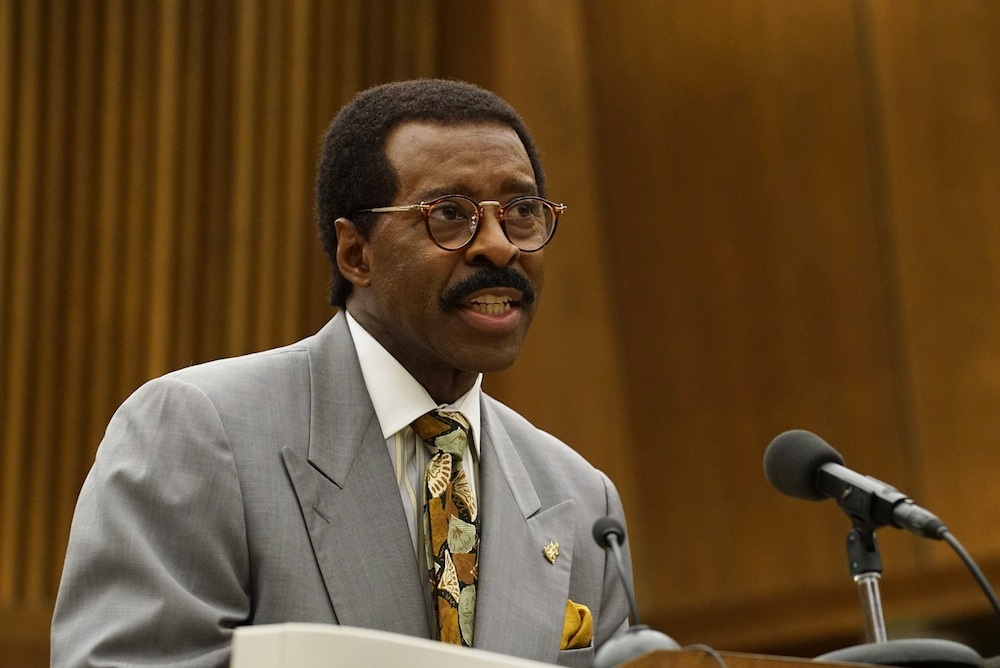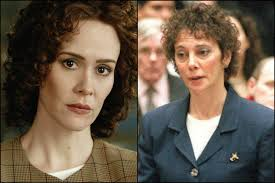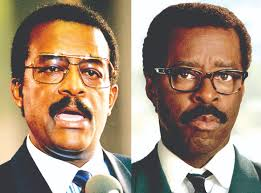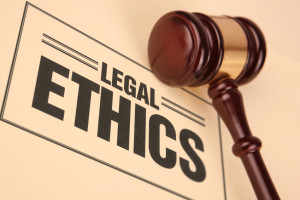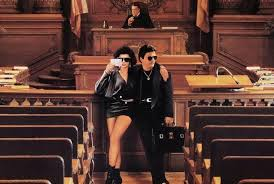Welcome to the 296th Five for Friday legal ethics quiz!
Your responses to last week’s intro about grilled cheese sandwiches were amazing! So amazing that I decided not even to bother with attempting an intro this week. Instead, I’ll bask in last week’s for another 7 days and, today, will share a few stories related to legal ethics & professional responsibility. Oh, and I’m holding a story in reserve – a New Hampshire story that I’ll likely blog about tomorrow in the return of Was That Wrong?[1]
CIVILITY. Numerous outlets reported on a motion for sanctions that was recently filed against a lawyer who is defending Elon Musk in a defamation suit. Among them, Reuters, Bloomberg Law, and MSN. The sanctions bid includes allegations related to the lawyer’s behavior during Musk’s deposition. I’m not overly interested in what, if true, is yet another example of boorish, misguided behavior that has no place in the profession. I am much more interested in the spoliation issue that Joe Patrice mentioned at the end of this post for Above The Law.
PROSECUTORIAL MISCONDUCT. Earlier this week, I finished re-reading John Grisham’s The Guardians. The novel highlights the work of lawyers dedicated to exonerating the wrongfully convicted. Coincidentally, mere days after I finished the book, I came across this report of a Kansas prosecutor who is surrendering her law license (and will be disbarred) following allegations of prosecutorial misconduct that include claims that she framed an innocent man.
TECH COMPETENCE? Many of you are aware that I often speak and write on the dangers of copying a client on an electronic communication (whether text or email) to opposing counsel. What I’ve never had reason to consider is the danger of copying opposing counsel on an email warning a colleague that a judge is about to call and that the colleague shouldn’t answer. Turns out that, as reported by the Legal Profession Blog and the ABA Journal, the danger is a public reprimand from the Massachusetts Board of Bar Overseers.
WHAT I’M FOLLOWING. While not directly related to legal ethics or professional responsibility, it wouldn’t surprise me if allegations of misconduct fly during a criminal trial that got underway this week in Boston. For months, I’ve been fascinated with the Karen Read case. Read is charged with murdering her boyfriend, a Boston Police Officer. Her defense is that she is being framed and that other law enforcement personnel not only committed the crime but engaged in a conspiracy to pin the blame on Read. For those of you not familiar with the case, Boston.Com ran this primer in connection with jury selection.
As always, let’s be careful out there.
Onto the quiz!
Rules
- None. Open book, open search engine, text-a-friend.
- Exception: Question 5. We try to play that one honestly.
- Unless stated otherwise, the Vermont Rules of Professional Conduct apply.
- Please do not post answers as a “comment” to this post.
- E-mail answers to michael.kennedy@vtcourts.gov
- Team entries welcome, creative team names even more welcome.
- I’ll post the answers & Honor Roll on Monday,
- Please consider sharing the quiz with friends & colleagues.
- Share on social media. Hashtag it – #fiveforfriday.
Question 1
Here’s language from a rule that relates to one of the 7 Cs of Legal Ethics:
“The lawyer reasonably believes that the lawyer will be able to provide competent and diligent representation to each affected client.”
The language is the first of four requirements that must be met before a lawyer can __________:
- A. Represent a client despite a concurrent conflict of interest.
- B. Disclose otherwise confidential information.
- C. Undertake representation in a subject matter area that is new to the lawyer.
- D. Choose not to communicate to the client information that would otherwise assist the client to make an informed decision about to the representation.
Questions 2
Fill in the blank. Choices are below and the same word correctly fills each blank.
There’s a rule that sets out a lawyer’s duties when dealing on behalf of a client with a person who is ___________. Per the rule, a lawyer “shall not state or imply that the lawyer is disinterested.” A comment to the rule states that “An ___________ person, particularly one not experienced in dealing with legal matters, might assume that a lawyer is disinterested in loyalties or is a disinterested authority on the law even though the lawyer represents a client.”
What’s the word?
- A. Incapacitated.
- B. Represented.
- C. Unrepresented.
- D. Adverse.
Question 3
This came up in an inquiry I received this week.
A supervisory lawyer will be responsible for another lawyer’s misconduct __________:
- A. Never.
- B. If the supervisory lawyer orders or ratifies the misconduct.
- C. If the supervisory lawyer knows of the conduct at a time when its consequences can be avoided or mitigated but fails to take reasonable remedial action.
- D. B & C.
Question 4
Speaking of remedial action and the & 7 Cs of legal ethics . . .
. . . each situation below likely requires action by the lawyer. However, of the “C” rules, only one includes language that specifically requires a lawyer to take “reasonable remedial measures” in response to specified conduct by a client or witness. Which C, and what is the conduct, stated in the rule, that requires “reasonable remedial measures?”
- A. Confidentiality. The client or witness informed the lawyer that they used impermissible or illegal methods to obtain evidence from an opposing party.
- B. Candor. The client or witness offered material evidence that the lawyer comes to learn is false.
- C. Commingling. The lawyer comes to learn that the client or witness used the lawyer’s trust account to hide funds from creditors.
- D. Conflicts. The lawyer comes to learn that the client or witness met with another lawyer for no reason other than to disqualify the lawyer from representing the opposing party.
Question 5
Background: a category in Jeopardy a few nights ago was “the original language.” For example, a clue was “The Aeneid.” The correct response was “What is Latin?” Also, in Vermont, the unauthorized practice of law violates Rule 5.5 of the Vermont Rules of Professional Conduct.
In the intro, I referred to a motion for sanctions filed against an attorney representing Elon Musk in a civil case that is pending in Texas. I mentioned that the motion alleges the lawyer engaged in uncivil conduct during a deposition. What I didn’t mention is that the motion also argues that Musk’s lawyer engaged in the unauthorized practice of law by appearing at the deposition (and filing pleadings) before being admitted to practice in Texas. Specifically, the motion argues that the lawyer failed to secure a type of admission that, as far as I know, every U.S. jurisdiction uses a Latin term to describe.
What’s the Latin term for the type of admission to practice that Musk’s lawyer allegedly failed to secure?
Bonus: what’s the literal English translation?
[1] The Was That Wrong? posts are so fun that, in good conscience, I can only write them on Saturday mornings.


